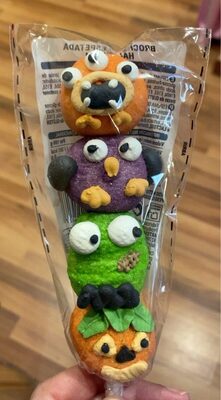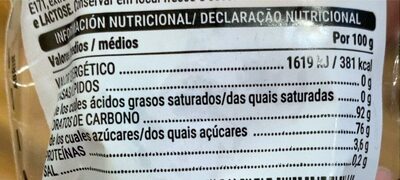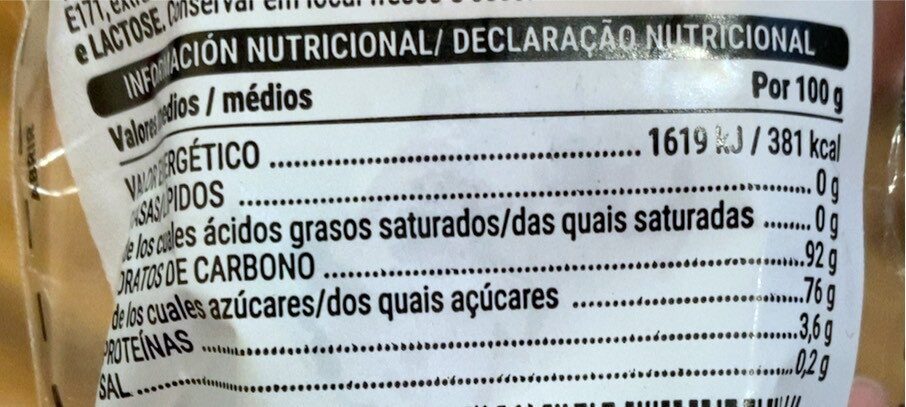Brocheta de golosinas - Hacendado - 40g
Aquesta pàgina del producte no està completa. Podeu ajudar a completar-la editant-la i afegint-hi més dades a partir de les fotos ja disponibles, o fent-ne més amb l'aplicació de androide o iPhone / iPad. Gràcies!
×
Codi de barres: 8480000224927 (EAN / EAN-13)
Nom comú: Espuma dulce con decoración de azúcar
Quantitat: 40g
Empaquetament: es:Green Dot
Marques: Hacendado
Categories: Aliments festius, en:Halloween foods and drinks
Etiquetes, certificacions, premis:
Punt verd
Botigues: Mercadona
Països on es va vendre: Espanya
Matching with your preferences
Entorn
Empaquetament
Transport
Report a problem
Fonts de dades
Producte afegit per kiliweb
Última modificació de la pàgina del producte per alia.
La pàgina del producte, també editada per yuka.sY2b0xO6T85zoF3NwEKvlkljA-DPryuYBz3giFS6-uy-Aa3IQuxO04LIMKg.
Si les dades són incorrectes o incompletes, pot completar o corregir editant aquesta pàgina.








